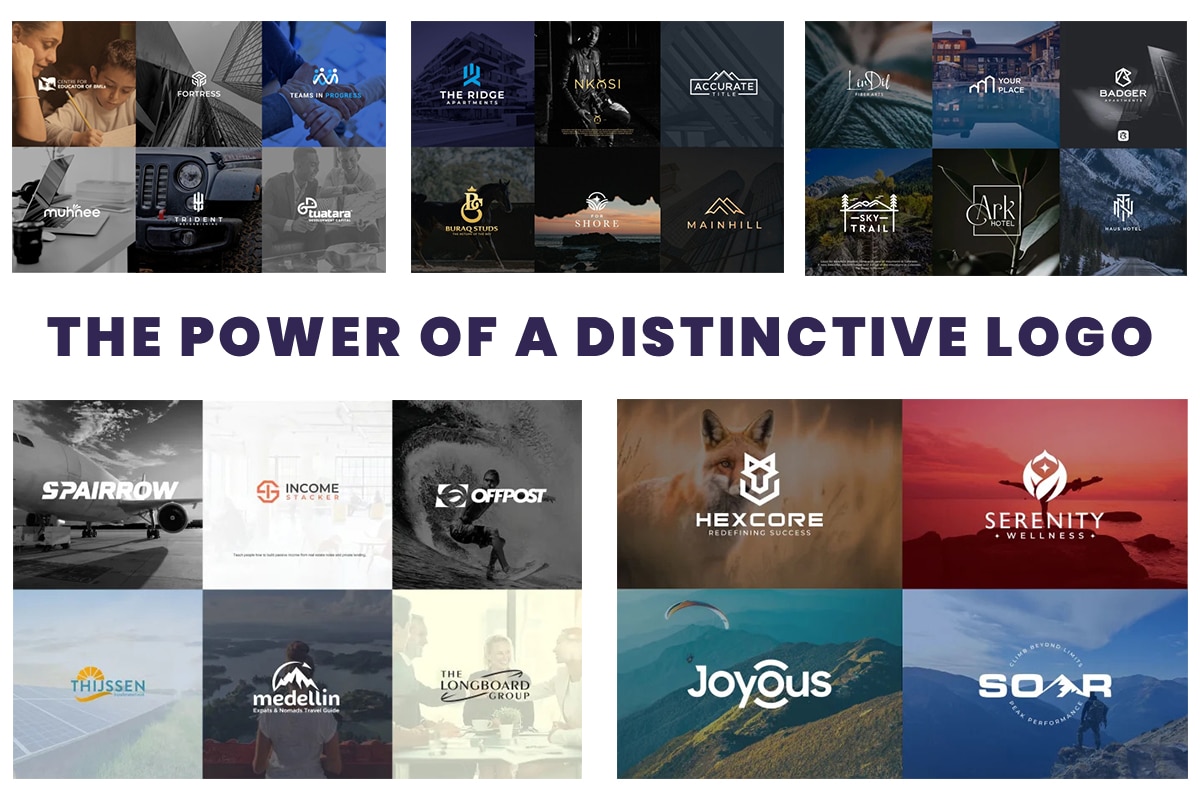In the digital age, design has taken on a whole new dimension, allowing artists and designers to create captivating visual experiences that resonate with audiences worldwide. If you’re looking to dive into the world of digital design art, this article serves as your comprehensive reference guide. Discover the key elements, techniques, and trends that designers are widely using to create stunning digital artwork that captures attention and sparks inspiration.
1. Understanding Digital Design Art: Digital design art encompasses a wide range of mediums, from illustrations and graphics to digital paintings and 3D renderings. It combines artistic creativity with technological tools to produce visually engaging masterpieces that can be shared across various platforms.
2. Key Elements of Digital Design Art:
- Color Palette: Choosing the right color palette sets the tone for your artwork. Experiment with complementary and analogous colors to evoke emotions and create visual harmony.
- Composition: A well-balanced composition guides the viewer’s eye and conveys the intended message. Explore techniques like the rule of thirds and leading lines to create dynamic compositions.
- Typography: Incorporating typography adds a textural element to your digital art. Experiment with different fonts, sizes, and placements to enhance the overall visual impact.
3. Popular Techniques in Digital Design Art:
- Layering: Working with layers allows you to organize elements and make adjustments without affecting the entire composition. This technique is essential for creating intricate and detailed artwork.
- Brushwork and Texture: Utilize a variety of brushes and textures to add depth and dimension to your digital art. Experiment with brush settings to achieve different effects, from smooth gradients to textured strokes.
- Blending Modes: Blending modes enable you to combine layers in creative ways, altering colors, shadows, and highlights. Experimenting with blending modes can yield unexpected and captivating results.
4. Embracing Digital Painting:
- Brush Selection: Digital painting involves selecting the right brushes for different purposes. From soft brushes for blending to textured brushes for adding detail, understanding your brush library is crucial.
- Layer Modes: In digital painting, layer modes help create various lighting and shading effects. Modes like Overlay, Multiply, and Screen can dramatically alter the appearance of your artwork.
5. Utilizing 3D Modeling and Rendering:
- Software Mastery: To create 3D designs, proficiency in software like Blender, Maya, or Cinema 4D is essential. Learn the tools and techniques required to model, texture, and render three-dimensional objects.
- Lighting and Material: Mastering lighting and material properties is key in 3D design. Experiment with different lighting setups to achieve the desired mood, and apply textures and materials to enhance realism.
6. Staying Abreast of Design Trends:
- Minimalism: Clean and minimalist designs with a focus on negative space and simplicity are gaining popularity.
- Abstract Art: Abstract digital designs allow for free-flowing creativity and interpretation, capturing attention with their uniqueness.
- Retro and Vintage: Incorporating retro and vintage elements adds a nostalgic touch to your designs, appealing to a wide audience.
7. Continuous Learning and Experimentation: Digital design is a constantly evolving field. Engage in online tutorials, workshops, and design communities to learn new techniques and stay updated with the latest trends.
8. Personal Branding and Portfolio: As you develop your skills, curate a portfolio that showcases your best work. A well-organized portfolio is a powerful tool to exhibit your design journey and attract clients and opportunities.
Conclusion: Crafting Digital Masterpieces with Expertise Creating digital design art that resonates with audiences globally requires a combination of artistic creativity, technical proficiency, and an understanding of current design trends. By mastering the key elements, techniques, and trends outlined in this reference guide, you’ll be well on your way to crafting stunning digital masterpieces that captivate, inspire, and leave a lasting impression on the digital canvas.






